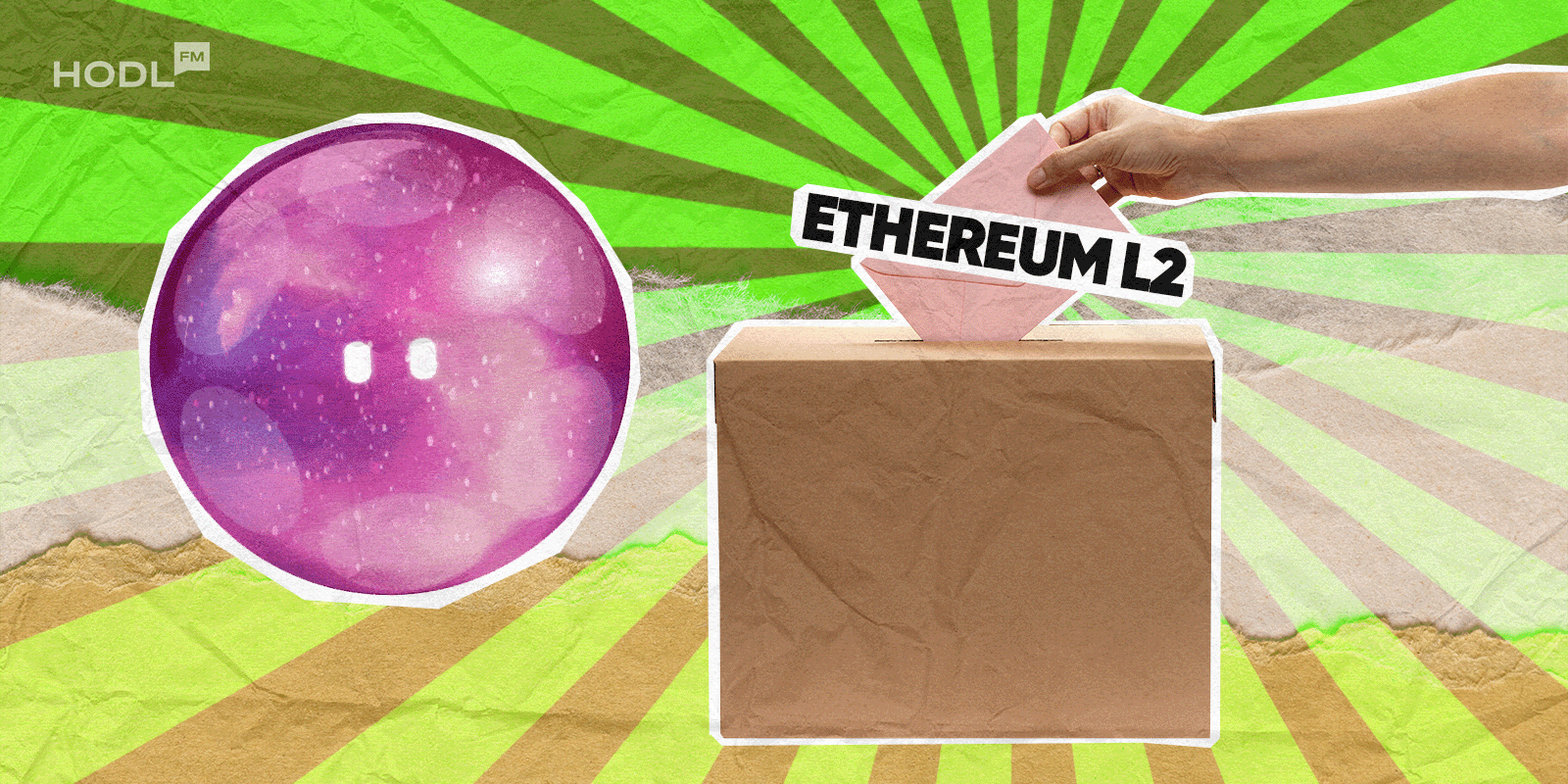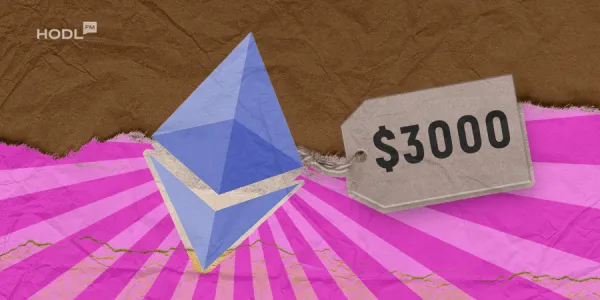Phala Network, a decentralized cloud computing platform originally built on Polkadot, is preparing to migrate entirely to Ethereum after its community voted to approve a new governance proposal. The move aims to position the project for enterprise‑grade computing demand and align it with the Ethereum ecosystem, where developer activity and liquidity are strongest.
Community approves migration proposal
On Wednesday, Phala announced on X (formerly Twitter) that the community had passed the proposal titled “Phala is Migrating to Ethereum L2.” The decision marks a major shift in the project’s direction, ending its run as one of the earliest Polkadot parachains launched in late 2021.
📣 Proposal Passed: Phala is Migrating to Ethereum L2!
— Phala (@PhalaNetwork) October 8, 2025
This marks Phala’s next chapter after Intel SGX, embracing Intel TDX and GPU-based confidential compute for greater scalability and enterprise-grade security. pic.twitter.com/pNlwQUU62W
According to the on‑chain referendum details published by the Phala team, the project’s current parachain slot is due to expire on Nov. 20, 2025. Rather than renew the slot, the team and tokenholders opted to sunset the parachain and move to an Ethereum layer 2 (L2) network that Phala has already been operating since January 2024.
👋 Goodbye SGX, Hello GPU TEE. 👋
— Phala (@PhalaNetwork) September 30, 2025
With Phala's Polkadot parachain slot expiring on Nov 20, 2025, we've submitted a proposal to sunset the parachain and fully migrate to Ethereum L2, aligning with Intel’s roadmap (TDX + GPU confidential compute) and the broader EVM ecosystem. pic.twitter.com/jWuAD9gZ2v
The Phala Network explained that the migration represents a transition away from its reliance on Intel’s Software Guard Extensions (SGX) technology, which powered its confidential computing since inception, toward Intel’s newer Trusted Domain Extensions (TDX) and GPU‑based confidential computing. These technologies are designed to handle larger‑scale, enterprise‑focused workloads and are expected to play a bigger role across industries adopting privacy‑preserving computation.
Reasons for leaving Polkadot
The proposal highlighted several motivations for the shift. Maintaining a parachain slot on Polkadot requires continued resource commitments and exposes projects to scalability limitations that may restrict long‑term growth. By consolidating operations on Ethereum, Phala expects to gain direct access to the vast Ethereum developer base, liquidity channels, and existing infrastructure tools.
“L2 offers lower operational overhead and direct integration with Ethereum liquidity and tooling,” the proposal noted. “It is also a natural home for deploying TDX and GPU‑based confidential compute workloads, where we already see early‑stage commercial traction.”
Other Polkadot projects, such as Astar and KILT, have taken a multichain approach, maintaining their Polkadot presence while building bridges to Ethereum. Phala, however, is among the first to announce a complete migration, effectively discontinuing the Polkadot deployment.
Migration process and token plans
The transition plan will be executed in phases between late September and November 2025. During the final phase, when the parachain slot expires, the network will shut down its Polkadot infrastructure, including collators and validators. Assets on the old network will be locked until users claim their holdings on the new chain through the Phala App.
All existing PHA tokenholders will receive the new ERC‑20‑based version, known as vPHA, at a one‑to‑one ratio. The project has stated that staking, rewards, and governance will remain uninterrupted throughout the migration. Staking will operate through an Ethereum layer 1 contract, while computation and application functions will move to the L2 network.
For developers and miners, the shift will open participation in TDX‑ and GPU‑based workloads instead of SGX miners, which have faced hardware and support limitations. The team plans to use vPHA as the primary governance and reward token within the new system, redeemable back to PHA at a fixed exchange rate defined by the layer 1 staking contract.
Future focus on enterprise confidential compute
Phala’s future roadmap after migration centers on providing an enterprise‑focused confidential computing environment through its L2 infrastructure. The team intends to develop a usage‑based settlement model for Intel TDX and GPU computing while maintaining an open ecosystem for developers building privacy‑preserving AI and Web3 applications.
The network’s leaders argue that aligning with Ethereum will strengthen Phala’s role in the emerging decentralized AI infrastructure space. As of October 2025, the PHA token had a market capitalization of around 80 million USD and ranked among the top AI‑related crypto assets, according to data from CoinGecko.
Phala emphasized that user assets and governance rights will be preserved during the transition and that full transparency on audits, migration tools, and timelines will be provided ahead of the November 2025 cut‑off.

Disclaimer: All materials on this site are for informational purposes only. None of the material should be interpreted as investment advice. Please note that despite the nature of much of the material created and hosted on this website, HODL FM is not a financial reference resource, and the opinions of authors and other contributors are their own and should not be taken as financial advice. If you require advice. HODL FM strongly recommends contacting a qualified industry professional.





